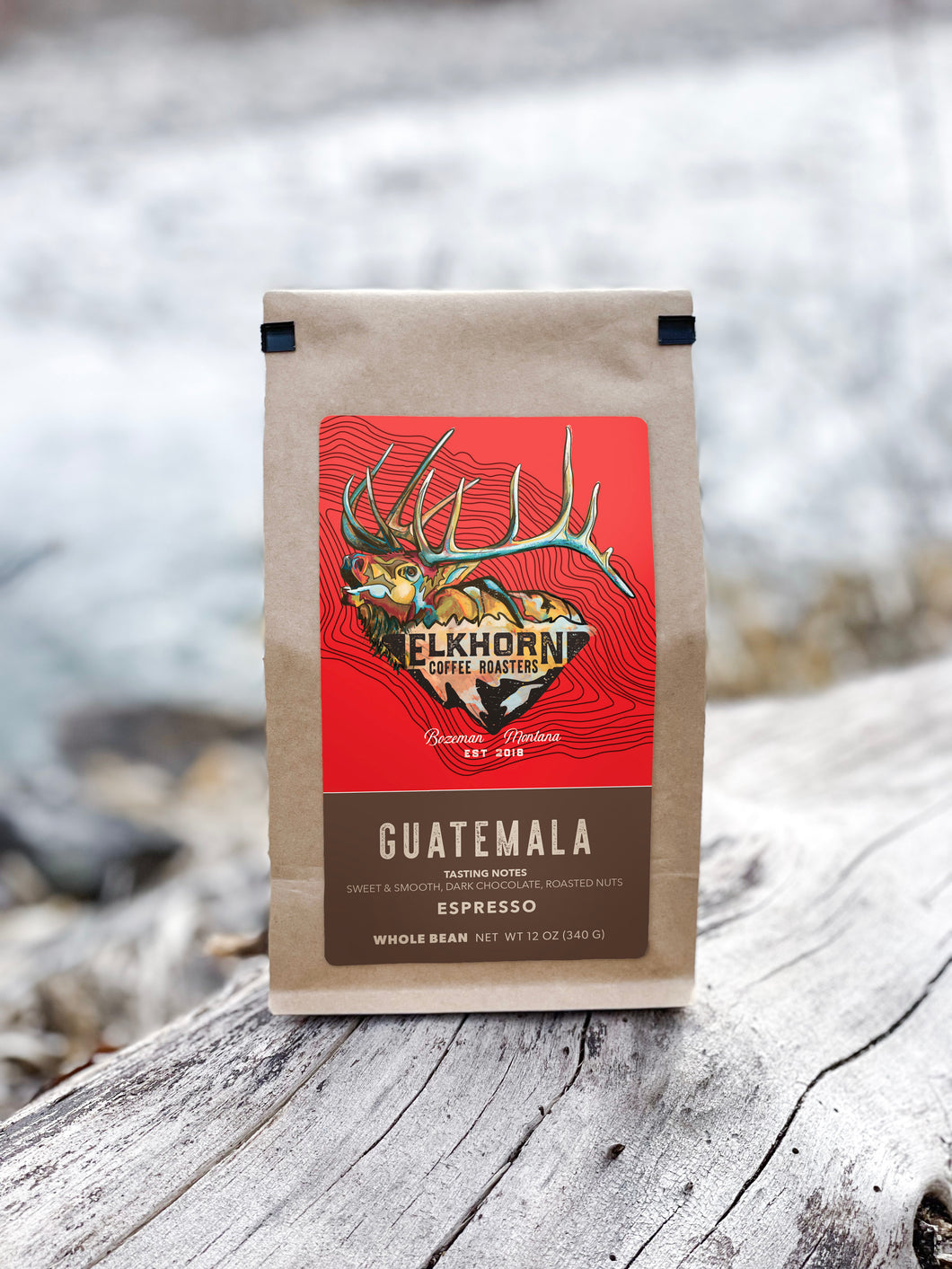What Makes SOE Single Origin Espresso Different from Blends
What Makes SOE Single Origin Espresso Different from Blends
Blog Article
Checking Out the Rich Flavors of Coffee Beans: a Deep Study Coffee and Blended Coffee Beans
When you check out the rich flavors of coffee beans, you reveal a complicated world where each variety brings its very own personality to your mug. As you navigate through the art of espresso and the creativity behind blended coffees, you'll start to value the subtleties that make each sip unique.
The Beginnings of Coffee Beans: Checking Out Terroir and Flavor Profiles
When you take a sip of coffee, you're not simply enjoying a beverage; you're experiencing an abundant tapestry of flavors shaped by the beans' beginnings. Each area creates distinct flavor accounts influenced by dirt, elevation, and climate. For circumstances, beans from Ethiopia frequently rupture with intense, fruity notes, while those from Colombia have a tendency to offer a balanced, nutty sweetness.
As you explore different origins, you'll observe how terroir-- the environmental elements impacting a plant-- plays a crucial role - Single Origin Espresso. The same coffee selection can taste considerably different depending on where it's grown
When you take into consideration these elements, you start to value the intricacy behind your cup. Each sip tells a tale of the land and the farmers that supported the beans. So, next time you delight, think of the journey your coffee took before it reached your hands, and relish those detailed flavors that mirror its beginning.
Understanding Coffee: The Art and Scientific Research Behind the Mixture
When you consider espresso, it's not nearly the solid flavor; it's likewise about the techniques that bring it to life. Understanding exactly how various preparation approaches influence preference can transform your developing experience. Allow's discover the complexities of espresso preparation and uncover the unique flavor profiles that make each cup special.
Coffee Prep Work Techniques
Espresso prep work is both a scientific research and an art, incorporating specific methods with a deep understanding of coffee. To begin, you'll want to select top quality, freshly baked beans and grind them carefully for ideal extraction (Single Origin Espresso). The work size is important; as well coarse, and your espresso will certainly be weak, too fine, and it'll be bitter
Following, tamp the grounds equally in the portafilter to guarantee uniform removal. When you secure it right into the device, aim for a brewing temperature level between 190 ° F and 205 °
F.As you pull the shot, look for the ideal removal time-- around 25-30 secs. The result needs to be an abundant, creamy espresso with a stunning layer of crema ahead. With technique, you'll master these techniques.
Flavor Accounts Explained
The globe of coffee offers a rich tapestry of taste profiles that can raise your coffee experience. You'll discover a balance of level of acidity, sweet taste, and anger when you take that very first sip. Each espresso bean brings unique notes, from flower and fruity to nutty and chocolaty. Light roasts often display brilliant level of acidity and dynamic flavors, while dark roasts present deeper, bolder tones.
A well-crafted blend might integrate the brilliant notes of an Ethiopian bean with the rich, chocolatey touches of a Brazilian bean. Welcome the journey of finding coffee's varied tastes, and you'll transform your coffee ritual right into an interesting adventure.
Processing Approaches: How They Impact Taste and Fragrance
While it could seem that the origin of coffee beans is one of the most substantial factor in determining their flavor and aroma, the handling methods made use of post-harvest play a similarly important duty. You'll locate that these approaches can drastically change the final taste profile of your cup.
For example, the washed procedure eliminates the fruit from the beans before fermentation, often bring about a cleaner, brighter taste. The natural procedure leaves the fruit intact throughout drying, resulting in a sweeter, fruitier account.
Other approaches, like honey processing, strike a balance, permitting some fruit mucilage to stay, offering a special intricacy.
Each processing technique interacts with the beans' intrinsic qualities, enhancing or muting particular flavors and aromas. So, when you sip that coffee or mixed coffee, keep in mind that the journey from cherry to mug is affected not simply by beginning however additionally by exactly how those beans were refined.
Roasting Methods: Opening the Full Possible of Coffee Beans
Roasting methods are necessary for revealing the complete possibility of coffee beans, as they transform raw, eco-friendly beans into the aromatic, tasty coffee you appreciate. The choice of roasting technique-- light, tool, or dark-- considerably affects taste profiles. Light roasts preserve the beans' natural acidity and fruity notes, while medium roasts equilibrium sweet taste and splendor. Dark roasts, on the various other hand, highlight vibrant, smoky flavors.
A slower roast at reduced temperatures enables for complex tastes to establish, while a quicker roast can increase resentment. By mastering these techniques, you'll disclose a look at this website globe of flavor, elevating your coffee experience to brand-new elevations.
The Magic of Blended Coffee: Producing Distinct Flavor Experiences
Developing an unique taste experience with blended coffee can change your description early morning ritual into an exploration of preference. By combining various beans from various areas, you can expose a harmony of flavors that boost your cup to brand-new heights. Each mix offers a distinct account, balancing level of acidity, body, and sweetness to develop something genuinely special.
When you select a mix, you're not just picking a coffee; you're selecting a trip throughout varied landscapes and cultures. Try out various mixes allows you to find your individual faves, whether you appreciate fruity notes or rich, chocolatey undertones.

Sampling Notes: Identifying the Nuances in Your Cup
As you drink your coffee, you might observe a range of tastes dancing on your taste, each exposing the details of the beans. You might taste the bright level of acidity similar to citrus or the deep, rich notes comparable to dark chocolate. The sweetness can evoke honey or caramel, balancing the total account magnificently.
Take note of the body of the coffee-- does it feel light and ventilated, or is it complete and velvety? The finish, also, supplies ideas; a lingering aftertaste may hint at nuttiness or floral undertones.

Don't forget to explore the unique qualities of different beginnings, as each area gives unique flavors - Single Origin Espresso. Ethiopian coffees commonly present fruity notes, while Colombian beans may showcase a more spherical sweet taste. By recognizing these nuances, you'll grow your appreciation for every cup, boosting your coffee experience to new heights

Developing Approaches: Optimizing Flavor Extraction for each Bean
When you discover the numerous developing approaches, you'll uncover that each strategy can significantly affect the flavor profile of your coffee. From French press to pour-over, each technique essences different compounds, improving or muting particular notes. For instance, making use of a French press enables oils to stay in the brew, creating a richer preference, while pour-over highlights clearness and brightness.
Temperature and grind size also play vital duties. A coarser grind works best for chilly brews, while a fine work is excellent for coffee. Exploring with water temperature-- between 195 ° F and 205 ° F-- can reveal concealed flavors, also.
Do not forget soaking time; a fast removal can result in sour notes, while over-extraction might yield bitterness. By changing these variables, you can make the most of taste extraction and really elevate your coffee experience. Take pleasure in the journey of uncovering what method ideal matches your taste buds!
Regularly Asked Questions
What Is the Perfect Water Temperature for Developing Coffee?
The ideal water temperature for developing coffee's in between 195 ° F and 205 ° F. If you use water that's too warm, you'll over-extract flavors; too chilly, and you will not extract sufficient. Goal for that pleasant spot for the ideal brew!
Just How Does Work Size Impact Coffee Taste?
Grind dimension significantly impacts coffee taste. Finer grinds remove much more tastes and oils, leading to a bolder preference, while coarser grinds yield a lighter flavor. Readjusting grind size assists you attain your preferred my site coffee profile.
Are There Wellness Perks Linked With Alcohol Consumption Coffee?

What Is the Difference Between Arabica and Robusta Beans?
Arabica beans are smoother and sweeter, frequently including fruity flavors, while robusta beans are stronger with a bitter taste and higher high levels of caffeine content. You'll discover these distinctions in scent and developing experience.
Just How Can I Store Coffee Beans for Quality?
To store coffee beans for freshness, maintain them in an airtight container, away from wetness, light, and warmth. If you only grind what you require right prior to brewing., you'll maintain their taste longer.
Discovering the Abundant Tastes of Coffee Beans: a Deep Dive Into Coffee and Blended Coffee Beans.
When you check out the rich flavors of coffee beans, you reveal an intricate globe where each selection brings its very own character to your cup.When you take a sip of coffee, you're not just enjoying a drink; you're experiencing a rich tapestry of flavors shaped by the beans' beginnings.Roasting methods are important for exposing the complete capacity of coffee beans, as they transform raw, green beans right into the fragrant, flavorful coffee you enjoy.As you drink your coffee, you might notice a spectrum of tastes dancing on your taste buds, each revealing the ins and outs of the beans.
Report this page